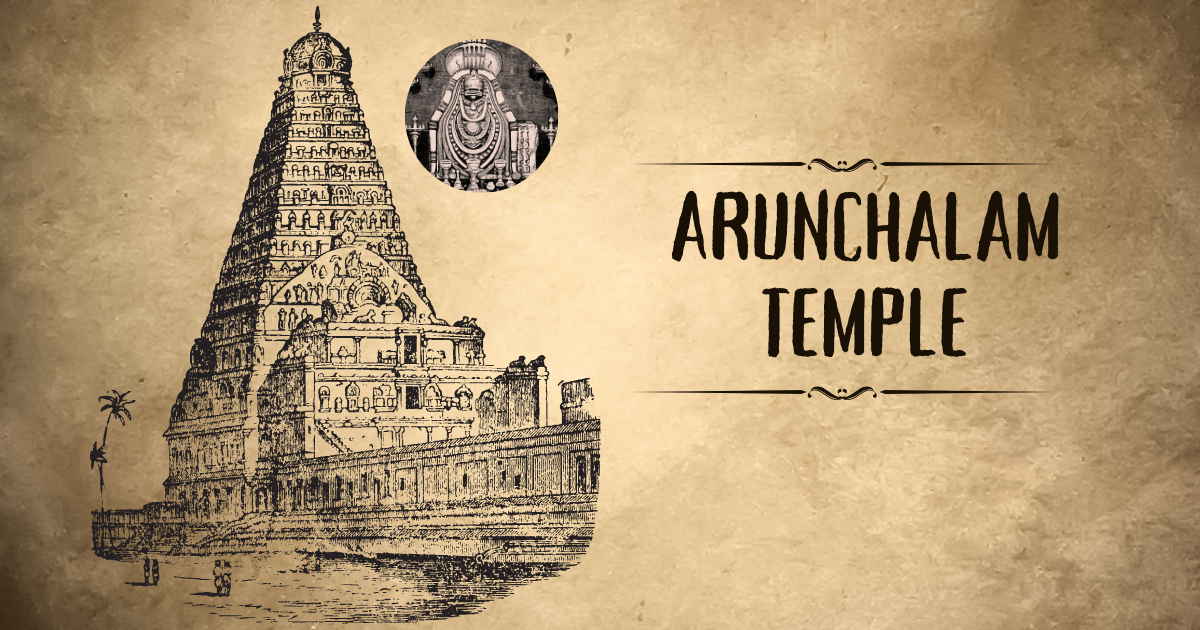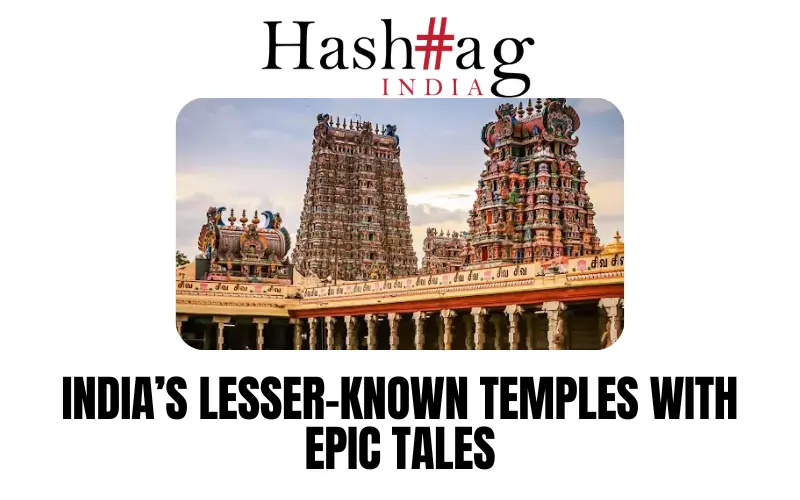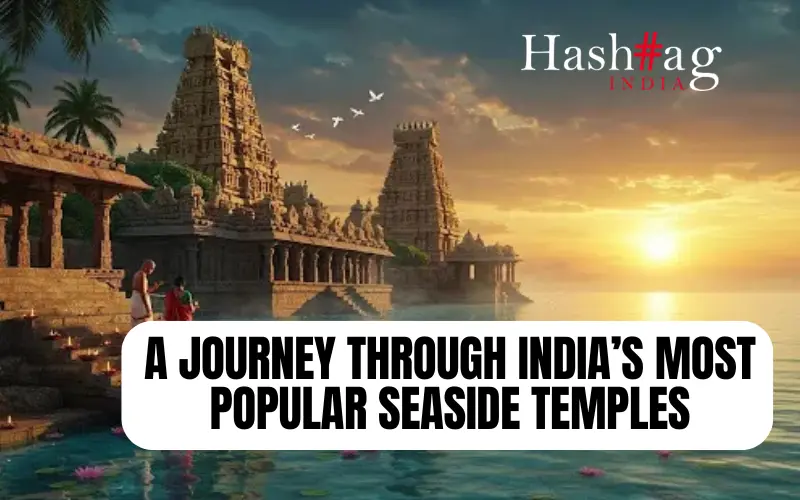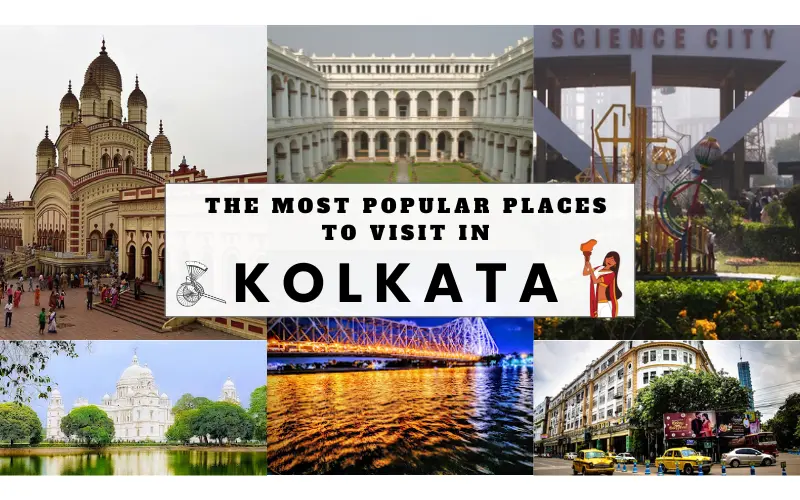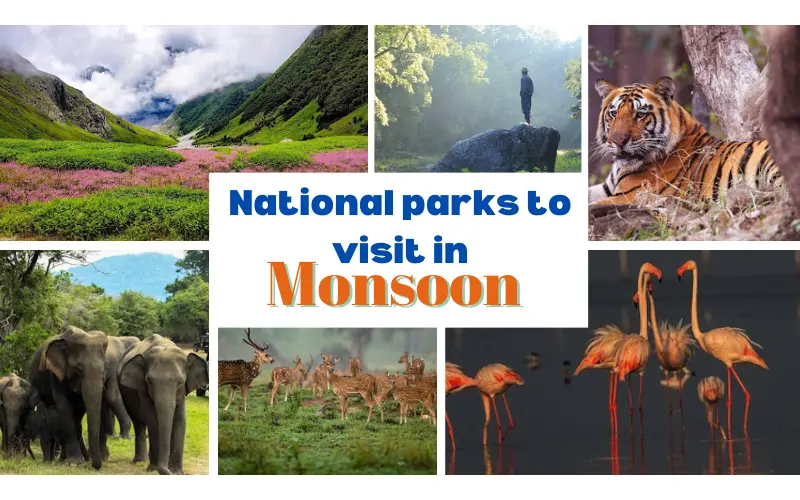The Arunachalam temple stands at the foot of the majestic Arunachala hill in the heart of Tamil Nadu. This magnificent place, is dedicated to Lord Shiva. Dhanush Kumar delves into the history and the story behind the Arunchalam temple that transcends the boundaries of mere architecture, becoming a tapestry woven with history, divinity, and captivating mystery.

The Arunchalam Temple boasts a rich lineage, its origins veiled in the mists of time. Legends trace its creation back to the Puranic era, while inscriptions reveal its evolution throughout the Chola, Pallava, and Vijayanagara dynasties. Through the ages, it has observed empires’ ascent and decline alongside the steadfast devotion of numerous pilgrims.
Story of the Arunchalam Temple
The story begins with a dispute between the two powerful deities. Brahma and Vishnu argued over who the supreme creator was. Lord Shiva transformed himself into a Jyotirlinga of infinite light to settle the debate. He challenged Brahma and Vishnu to find the beginning and end of the fiery column.

In his avatar as a boar, Vishnu plunged deep into the earth. Yet he couldn’t find the base of the Jyotirlinga. Brahma, in the form of a swan, soared into the heavens, reaching unimaginable heights, but still, he couldn’t find its beginning.
Exhausted and humbled, Brahma and Vishnu returned to Jyotirlinga, acknowledging their inability to comprehend its true form. Recognizing their surrender, Lord Shiva revealed himself as the eternal flame, the source of all creator and destruction.
The Jyotirlinga, which had manifested as a pillar of fire, descended to Earth, settling on the Arunachala Hill.
Significance of the temple
Beyond its historical grandeur, the Arunchalam temple holds profound significance. The temple complex is spread over 10 hectares and symbolizes the five elements: earth, water, fire, air, and space- while the towering gopurams represent the five sheaths of the human soul.

The Arunachala Hill is revered as a manifestation of Lord Shiva, attracting devotees seeking spiritual enlightenment.
Temple’s Vibrant Festivities
The Arunchalam temple comes alive during various festivals, each pulsating with the fervor of devotion. The Karthikai Deepam festival, which was celebrated on the full moon day of Karthikai, is particularly breathtaking. Thousands of lamps illuminate the Arunachala hill, transforming it into a beacon of divine light; witnessing this spectacle is a truly unforgettable experience.
Arunachala Konda: The Mountain of Fire and Light
The Arunachala hill, revered as Arunachala Konda, holds a unique place in the temple’s significance. This sacred mountain is believed to be a manifestation of Lord Shiva’s fiery form, Agnibhairava. Pilgrims undertake the Girivalam, a 14-kilometer circumambulation of the hill, to seek blessings and attain spiritual purification.
Beyond the Obvious:

The Arunachalam Temple offers a treasure trove of discoveries for the curious mind. From exploring the intricate carvings and sculptures that adorn the temple walls to unraveling the stories, it whispered through ancient hymns and chants.
Conclusion
The Arunchalam temple is more than just a place of worship. It is a living testament to the enduring power of faith, a repository of ancient wisdom, and a portal to the mysteries of the universe. As the centuries unfold, the Arunachalam temple will remain a beacon of spiritual enlightenment, beckoning seekers of truth and solace.

